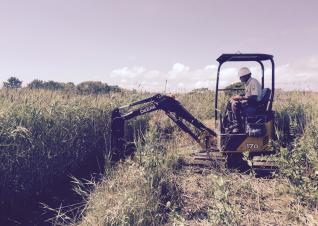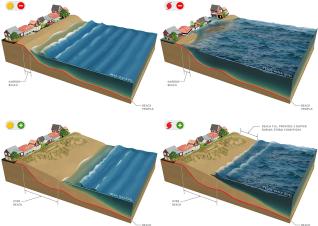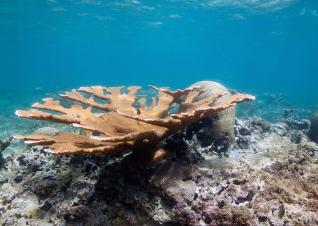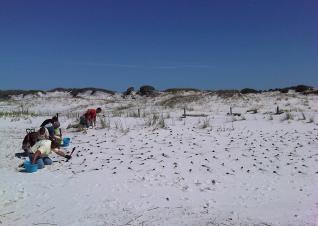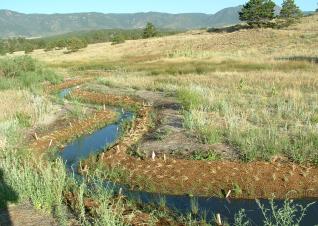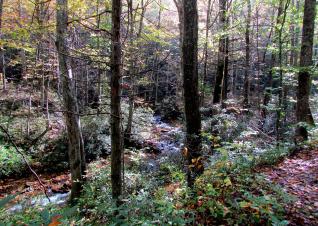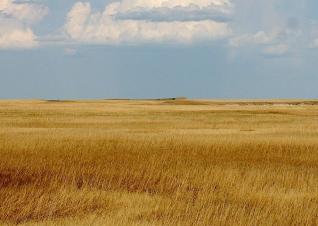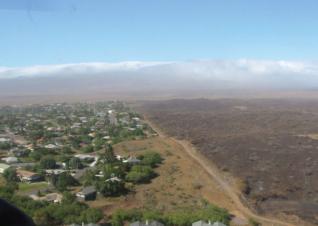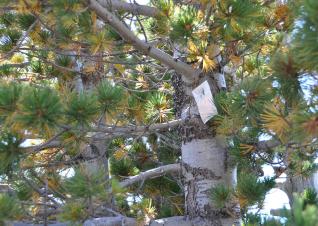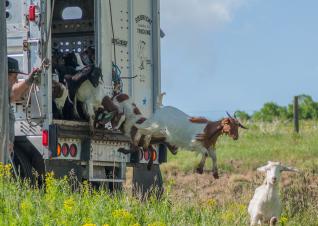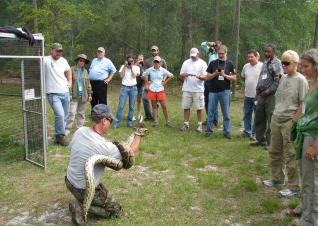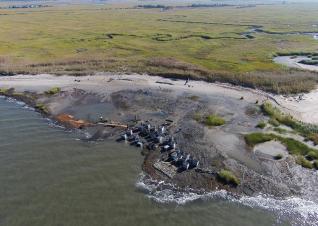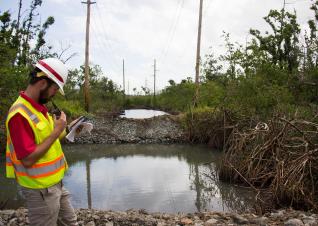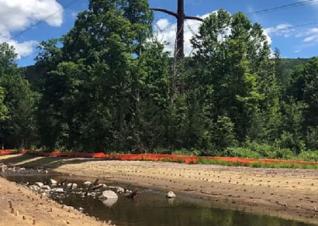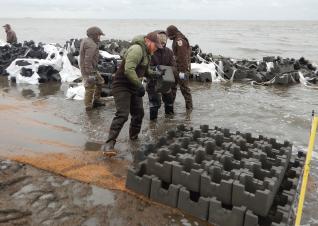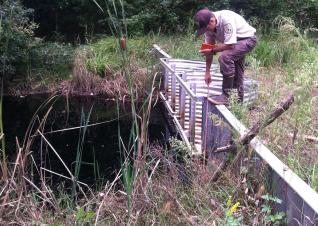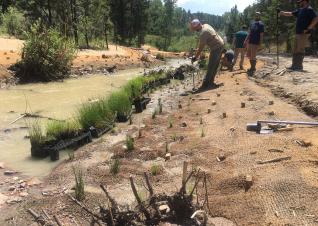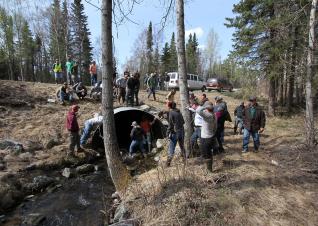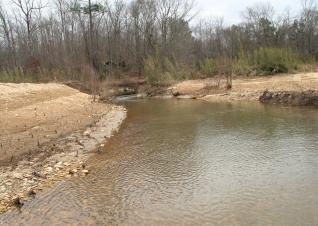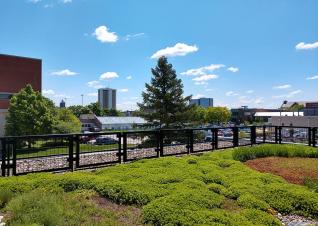Assisted marsh migration is a strategy of marsh conservation that works with the inland movement of coastal marshes as a response to rising sea levels.
Let us know what you think of the Roadmap website. Provide your feedback →
Nature-Based Solutions Strategy Search
Other searches:
Find case studies →
Find tools and resources →
Beach nourishment is the addition of sediment, usually sand, directly on or adjacent to an
eroding beach.
Beaver management refers to a strategy of increasing beaver populations through beaver reintroductions, enhancing beaver habitat, and promoting human–beaver coexistence.
Coral reefs are the skeletons of marine invertebrates called coral, which form large underwater structures comprised of colonies.
A floodplain is a low-lying area directly adjacent to a waterbody and partially or fully flooded during high-water events.
Forests provide food, fuel, oxygen, clean water, erosion control, and health benefits to people.
Grasslands, often called prairies in the United States, are habitats where the dominant vegetation type is grass.
Green firebreaks are strips of fire-resistant vegetation planted strategically to slow or stop the spread of wildfires, especially near infrastructure.
An invasive or nuisance pest is synonymous with a species that causes harm to humans or the environment. This summary focuses specifically on invasive and nuisance insects and pathogens.
An invasive or nuisance pest is a species that causes harm to humans or the environment. This strategy focuses on invasive plant species.
An invasive or nuisance pest is a species that causes harm to humans or the environment. This strategy focuses on invasive animal species.
Living shoreline creation refers to the process of planting vegetation along the shoreline and installing structures that help hold the vegetation in place.
Mangrove ecosystems are a form of coastal wetlands found in tropical and subtropical regions. These systems support halophytic (salt-loving) trees, shrubs, and other plants, and are dominated by mangrove trees.
Nontidal wetland restoration is the rehabilitation of a degraded wetland so that its hydrology, vegetation, and ecological processes approximate, to the extent possible, the original natural condition prior to modification.
Oysters are a cornerstone of coastal ecosystems and fisheries, providing structural protection to the coast as well as improving water quality.
Peatlands are a type of inland wetland where waterlogged soils prevent plant material from fully decomposing. There are two types of peatlands: tropical peatlands, characterized by high precipitation and temperature, and northern peatlands, which are interspersed among boreal forests and coastal areas.
Riparian buffers are vegetated areas adjacent to an inland waterbody that are managed to protect the waterbody from the impacts of surrounding land uses.
A riverine system is a watershed-scale network of integrated aquatic habitats and hydrological processes.
Seagrasses are flowering plants that grow entirely underwater and form dense meadows in shallow areas. Seagrass restoration refers to any activities that help return seagrass ecosystems to as close as possible to their state before anthropogenic disturbances.
A stream, also known as a branch, creek, run, or brook, is a continuous surface flow of freshwater within a channel that is smaller than a river. Headwater streams can originate from groundwater (springs), runoff, or a wetland.
Urban greening is a general term used to describe efforts to renature urban areas by installing various types of green infrastructure.

